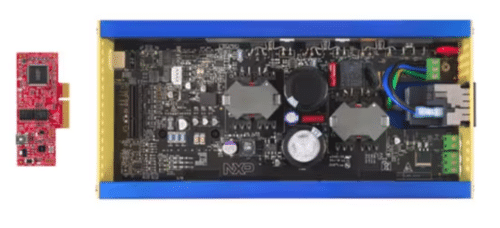The refrigerator compressor design includes a brushless DC motor with sensorless control, improving efficiency and offering effective temperature control and food preservation.

Refrigerator compressors are essential components in modern refrigeration systems, playing a pivotal role in preserving food and maintaining optimal temperature control. As the heart of the refrigeration cycle, they compress and circulate refrigerant, effectively removing heat from the interior to keep food fresh and safe. The efficiency and reliability of refrigerator compressors directly impact energy consumption, operational costs, and the appliance’s longevity. Their importance cannot be overstated, as they ensure the practical functionality of refrigerators in homes and businesses and contribute significantly to reducing food waste and maintaining health standards. This makes advancements and improvements in compressor technology, like integrating Brushless DC motors (BLDC), crucial for enhancing overall refrigeration efficiency and sustainability.









